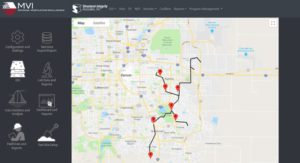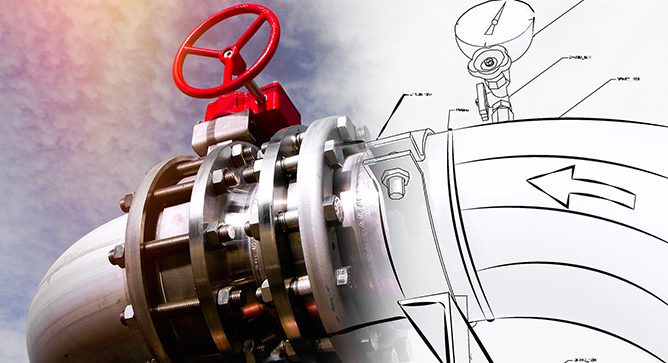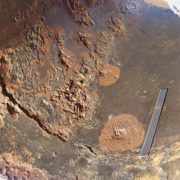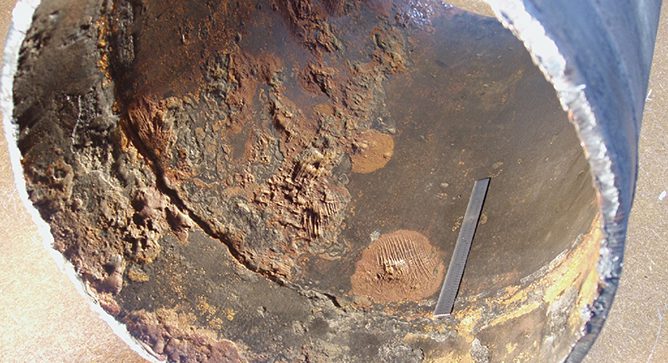News & Views, Volume 50 | Material Verification for Oil and Gas Clients
PIPELINE INTEGRITY SOLUTIONS
By: Scott Riccardella and Roger Royer

Various sections of Mega-Rule 1 require operators of natural gas transmission pipelines to ensure adequate Traceable, Verifiable, and Complete (TV&C) material records or implement a MV Program to confirm specific pipeline attributes including diameter, wall thickness, seam type, and grade. Operators are now required to define sampling programs and perform destructive (laboratory) or non-destructive testing to capture this information and take additional actions when inconsistent results are identified until a confidence level of 95% is achieved. Opportunistic sampling per population is required until completion of testing of one excavation per mile (rounded up to the nearest whole number).





 Structural Integrity (SI) has significant depth and expertise in current pipeline safety regulations and dedicates substantial resources to ensure a comprehensive understanding of proposed pipeline safety regulations.
Structural Integrity (SI) has significant depth and expertise in current pipeline safety regulations and dedicates substantial resources to ensure a comprehensive understanding of proposed pipeline safety regulations.
 A March 16, 2017, advisory bulletin (Docket No. PHMSA-2016-0131 – “Pipeline Safety: Deactivation of Threats”) gave guidance on the deactivation of pipeline threats, including the threat of internal corrosion.
A March 16, 2017, advisory bulletin (Docket No. PHMSA-2016-0131 – “Pipeline Safety: Deactivation of Threats”) gave guidance on the deactivation of pipeline threats, including the threat of internal corrosion.